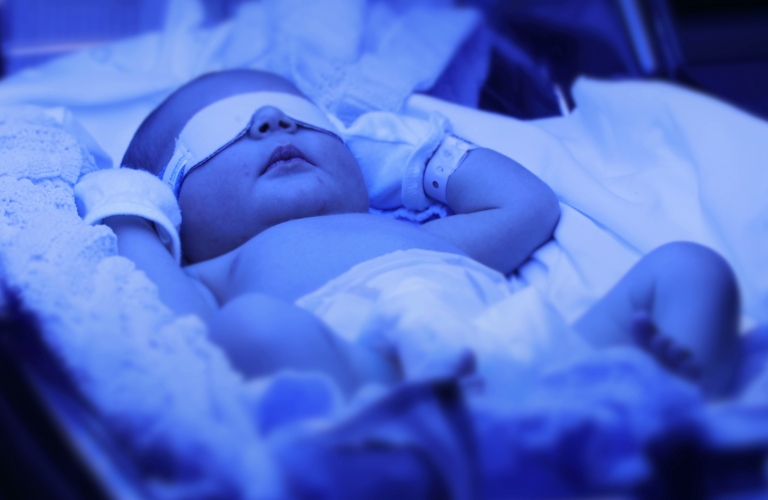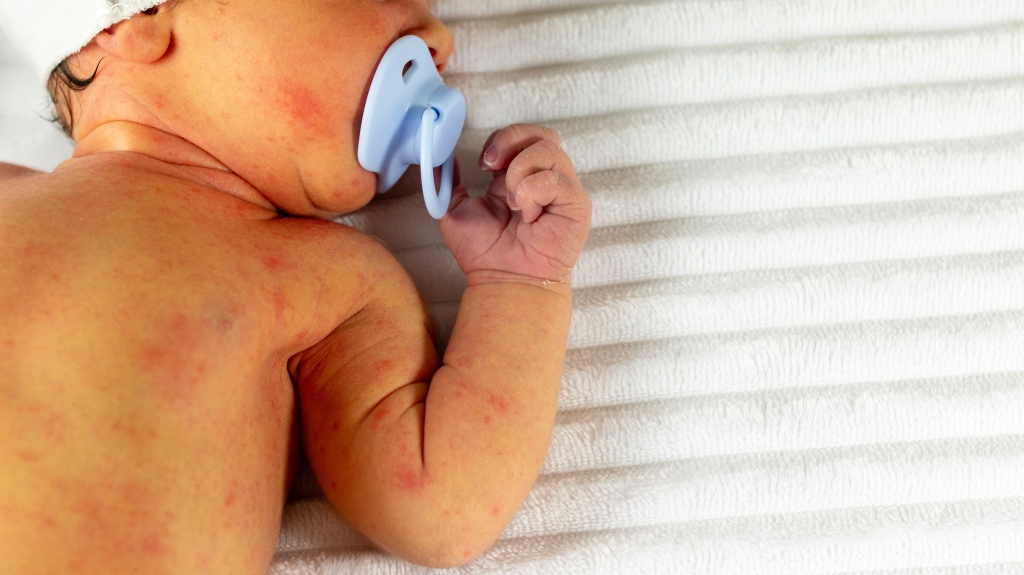The first days of a baby’s life are full of newness, love—and, sometimes, medical challenges. One of the most common conditions in newborns is jaundice, caused by elevated levels of bilirubin in the blood. It’s often treatable and mild. But when warning signs are missed or treatment is delayed, the consequences can be life-changing.
In rare cases, untreated jaundice may play a role in severe brain injuries like Hypoxic-Ischemic Encephalopathy (HIE). At the intersection of medicine and the law, understanding this connection is critical for families and healthcare providers alike.
What Is Jaundice and Why Does It Matter?
Jaundice occurs when bilirubin—a yellow pigment released as red blood cells break down—builds up in a newborn’s body. Most babies can’t clear bilirubin efficiently right after birth, so some yellowing of the skin or eyes is normal.
But when bilirubin levels rise too high and aren’t treated, it can cross into the brain, leading to a dangerous condition called kernicterus, which may result in permanent damage like hearing loss, cerebral palsy, or developmental delays.
The Role of Phototherapy
Phototherapy is the standard and effective treatment for high bilirubin. It uses light to break the bilirubin down so a baby can eliminate it naturally. The key is timing: treatment must begin at the right moment, based on bilirubin levels, the baby’s age in hours, and any risk factors.
When that timing is missed—whether due to early hospital discharge, missed warning signs, or failure to monitor—an otherwise manageable condition can turn dangerous.
Where HIE Fits In
HIE is a type of brain injury caused by lack of oxygen and blood flow, often during labor or shortly after birth. It’s separate from jaundice, but in some rare cases, untreated jaundice may indirectly contribute to brain injury. The symptoms of bilirubin-induced damage and HIE can even overlap—making it critical for doctors to track timelines and pinpoint causes.
Legal Considerations for Families

When a baby suffers preventable harm, families often want to know what went wrong—and whether it could have been avoided. Medical providers are expected to:
- Monitor bilirubin levels at specific intervals
- Start phototherapy without delay if levels rise
- Educate parents on jaundice symptoms to watch for after discharge
- Ensure appropriate follow-up care
If those steps are missed and the child suffers lasting harm, families may have a legal case for medical malpractice.
What Families Can Do
If your child was diagnosed with HIE or kernicterus, and you suspect care was delayed, it’s important to:
- Request full medical records, including bilirubin logs and discharge instructions
- Talk to an attorney who understands both the medical and legal aspects of these injuries
- Know that you’re not alone—there are paths toward accountability and support
Final Thoughts
Jaundice is common. Lifelong injury from jaundice is not. With the right care at the right time, complications are often preventable. But when mistakes happen, families deserve answers—and legal help can be part of the path forward.

